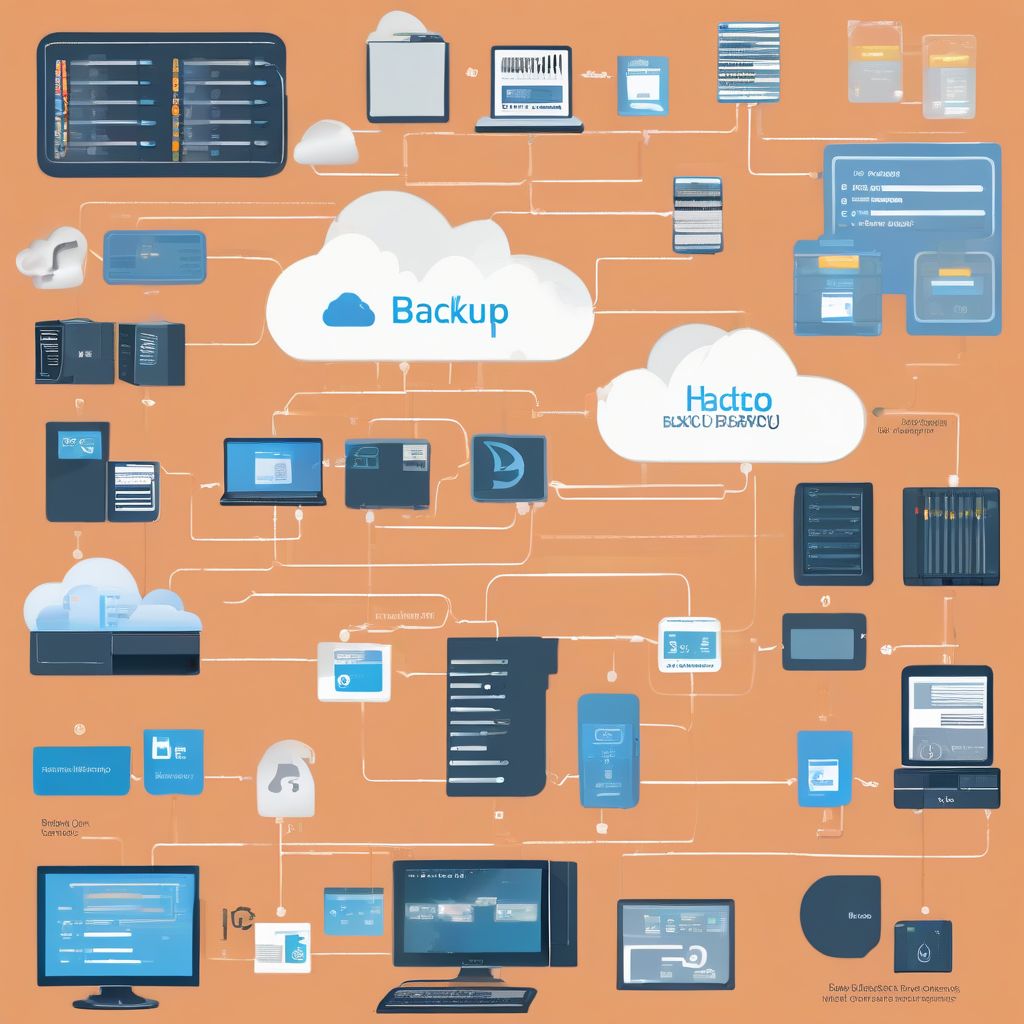Have you ever imagined losing all your precious photos, important documents, or cherished videos? It’s a nightmare scenario, but one that’s easily preventable with a solid data backup and protection strategy. In today’s digital world, our lives are increasingly intertwined with our data, making it more crucial than ever to safeguard it. This article will guide you through the essential steps to back up and protect your important data, ensuring peace of mind and preventing potential disasters.
Understanding the Importance of Data Backup and Protection
Data loss can occur due to various reasons, from hardware failures and software glitches to accidental deletion and even cyberattacks. A robust backup strategy ensures you have a copy of your data readily available for restoration, minimizing downtime and preventing irreversible loss. Protecting your data goes beyond just backing it up; it also involves securing it against unauthorized access and ensuring its confidentiality and integrity.
Choosing the Right Backup Method
There are several backup methods available, each with its own advantages and disadvantages. Choosing the right one depends on your specific needs and resources.
The 3-2-1 Backup Strategy
Experts often recommend the 3-2-1 backup strategy. This involves having three copies of your data on two different media, with one copy stored offsite. This strategy offers excellent redundancy and protection against various data loss scenarios.
Cloud Backup
Cloud backup services offer a convenient and automated way to back up your data to remote servers. They provide accessibility from anywhere with an internet connection and often include features like versioning and encryption.
External Hard Drives
External hard drives are a popular choice for local backups. They are relatively inexpensive and offer large storage capacities. Remember to store your external hard drive in a safe and secure location, separate from your computer.
 Data Backup Methods
Data Backup Methods
Local Network Attached Storage (NAS)
NAS devices provide a centralized location for storing and accessing data within your local network. They offer greater flexibility and control compared to external hard drives, allowing for easy sharing and access among multiple devices.
Implementing Your Backup Plan
Once you’ve chosen your backup methods, it’s time to implement your plan.
Automating Your Backups
Set up automatic backups to ensure your data is consistently backed up without manual intervention. Most backup software and cloud services offer scheduling options to automate the process.
Regularly Testing Your Backups
Regularly testing your backups is crucial to ensure they are working correctly and that you can restore your data when needed. Try restoring a small set of files to verify the integrity of your backups.
Protecting Your Data from Threats
Backing up your data is just one part of the equation. You also need to protect it from various threats.
Strong Passwords and Multi-Factor Authentication
Use strong, unique passwords for all your accounts and enable multi-factor authentication whenever possible. This adds an extra layer of security, making it more difficult for unauthorized access.
Antivirus and Anti-malware Software
Install and regularly update antivirus and anti-malware software to protect your computer from viruses, malware, and other threats.
Firewall Protection
Enable your firewall to block unauthorized network access to your computer. This helps prevent hackers from accessing your data.
Be Wary of Phishing Scams
Be cautious of phishing emails and messages that attempt to trick you into revealing your login credentials or other sensitive information.
Data Encryption
Encrypting your data adds another layer of security by scrambling it into an unreadable format. This ensures that even if your data is stolen, it remains inaccessible without the decryption key.
Software Encryption
Many operating systems and backup software offer built-in encryption features. Utilize these features to encrypt your data at rest and during transit.
Hardware Encryption
Hardware encryption utilizes dedicated hardware to encrypt your data, providing even stronger security than software encryption.
Data Backup and Recovery for Businesses
Businesses have even more at stake when it comes to data loss. Implementing a comprehensive data backup and recovery plan is essential for business continuity.
Regular Backups and Disaster Recovery Planning
Regular backups are crucial for businesses to ensure minimal downtime in case of data loss. A disaster recovery plan outlines the steps to take in the event of a major data loss incident, ensuring business operations can resume quickly.
Conclusion
Protecting your important data is not a one-time task but an ongoing process. By implementing a robust backup and protection strategy, you can safeguard your valuable information from loss and ensure peace of mind. Remember to regularly review and update your plan as your needs and technology evolve. Have you implemented a data backup strategy? Share your experiences and tips in the comments below! Don’t forget to check out our related articles on improving your digital security and troubleshooting common software issues for more helpful advice.



